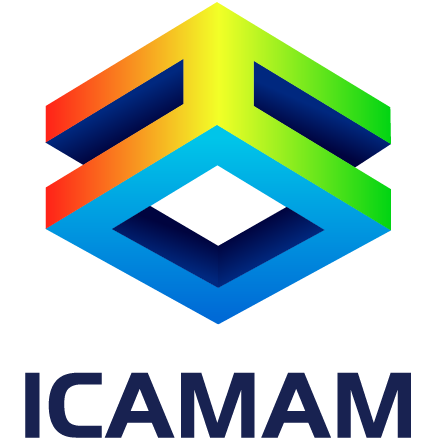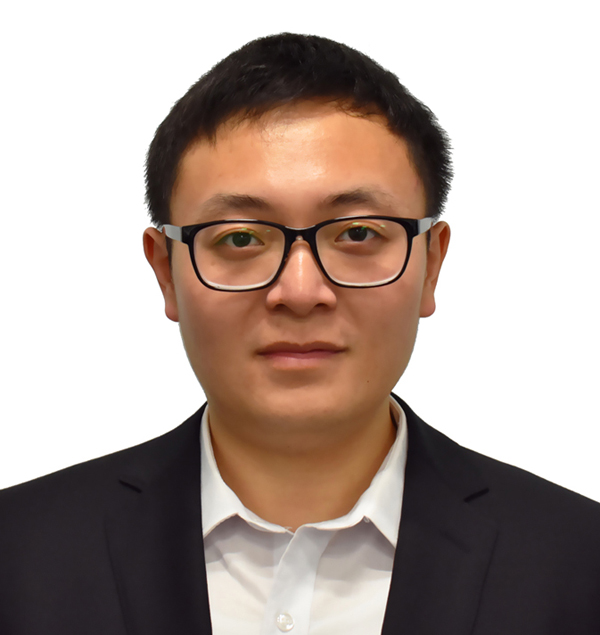Bio: Zi-Long Zhao obtained his doctoral degree in 2016 from Tsinghua University (China). Since 2021, he has been a full Professor at Beihang University (China). He is elected as a high-level young talent of China (2020), an ARC DECRA fellow (2019), an innovative and entrepreneurial talent of Jiangsu Province (2024), and a young top talent of Beihang University (2022). He is an expert of the Chinese Ministry of Education, the National Natural Science Foundation of China, the Australian Research Council, and the Jiangsu Association of Science and Technology. He is an editorial advisory board member of Engineering Fracture Mechanics. His research interests include solid mechanics, biomechanics, structural topology optimization, and aircraft design. By 2025, he has published about 60 papers in internationally prestigious SCI journals. He is the general chair or co-chair of multiple international conferences such as ICoACE 2024, AITCE 2025, and ICAMME 2025.

2026 5th International Conference on Applied Mechanics and Advanced Materials (ICAMAM 2026)
ICAMAM 2026

Prof. Zilong Zhao
Beihang University, China